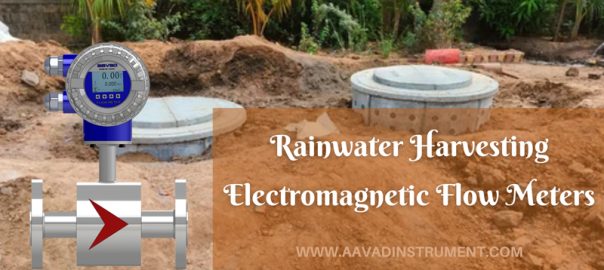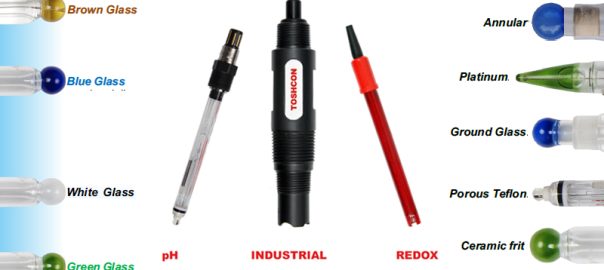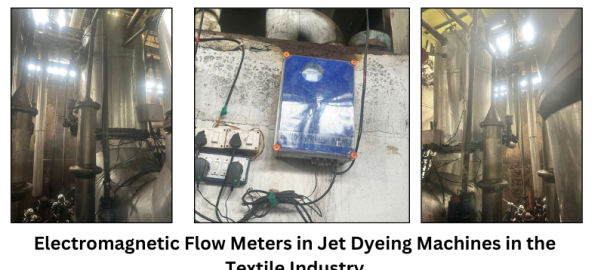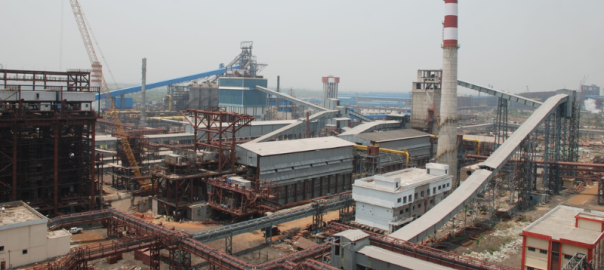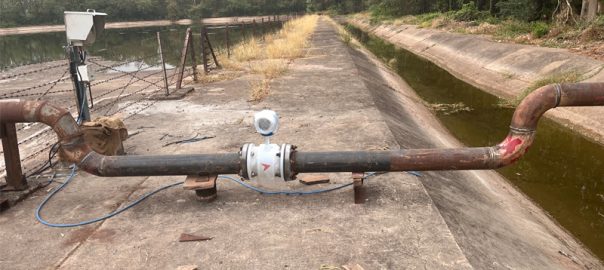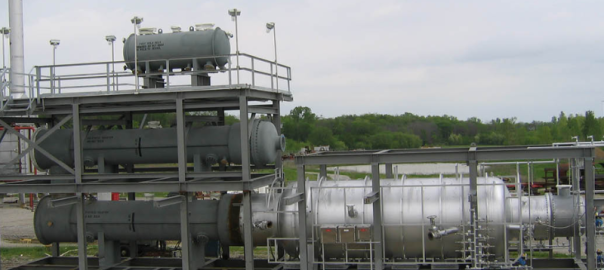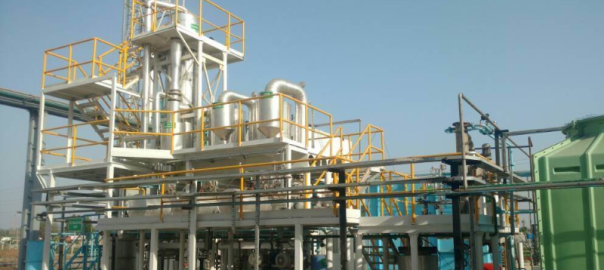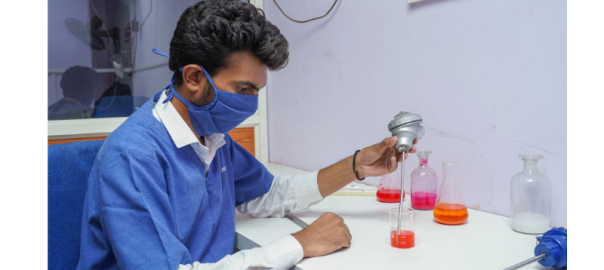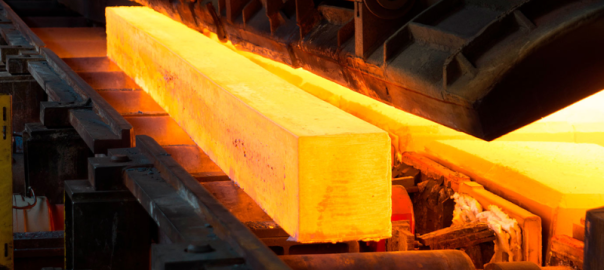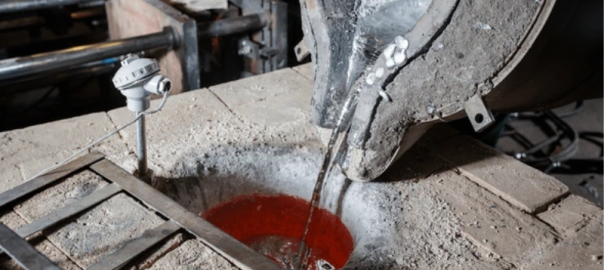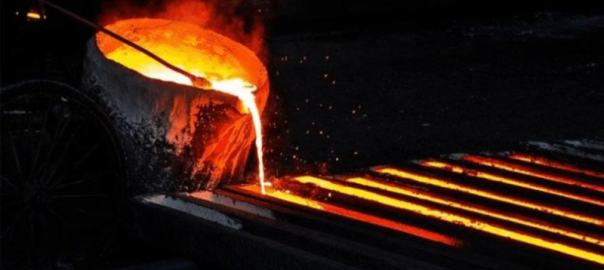
Resistance Temperature Detectors (RTDs) are widely used in various industries for accurate temperature measurement due to their high precision and stability. However, to ensure their long-term performance in harsh environments, it is crucial to protect RTDs from corrosive substances, chemicals, and extreme temperatures. One effective solution is the application of AAVAD Halar coating, which provides exceptional protection and durability. In this blog post, we will explore the benefits and applications of AAVAD Halar coating for RTD sensors.
1. Understanding AAVAD Halar Coating: AAVAD Halar coating is a high-performance polymer coating that offers excellent resistance to chemicals, solvents, acids, bases, and high temperatures. It is a proprietary blend of ethylene-chlorotrifluoroethylene (ECTFE) resin, known for its outstanding protective properties. This coating is applied to the surface of RTD sensors, forming a tough and impermeable barrier that safeguards the sensor from harsh environmental conditions.
2. Benefits of AAVAD Halar Coating for RTD Sensors:
2.1 Chemical Resistance: AAVAD Halar coating provides superior resistance against a wide range of aggressive chemicals, including acids, alkalis, solvents, and corrosive substances. This protective barrier prevents the RTD sensor from being damaged or affected by the surrounding environment, ensuring accurate temperature measurements over an extended period.
2.2 High Temperature Stability: RTD sensors coated with AAVAD Halar coating exhibit exceptional thermal stability. They can withstand high temperatures up to 150°C (302°F) continuously without compromising the coating’s integrity or affecting the sensor’s performance. This makes them suitable for applications that involve elevated temperatures or thermal cycling.
2.3 Mechanical Durability: The AAVAD Halar coating forms a robust and abrasion-resistant layer on the RTD sensor’s surface, offering excellent mechanical protection. It prevents physical damage due to impact, scratches, or wear and tear, thereby extending the sensor’s lifespan and maintaining its accuracy over time.
2.4 Electrical Insulation: The coating acts as an electrical insulator, preventing any potential short circuits or interference with the RTD sensor’s electrical connections. This insulation property ensures reliable and accurate temperature readings, even in environments where electrical conductivity may pose a risk.
3. Applications of AAVAD Halar Coating for RTD Sensors:
3.1 Chemical Processing: In industries such as chemical manufacturing, petrochemicals, or pharmaceuticals, where exposure to corrosive chemicals is common, AAVAD Halar coating provides essential protection for RTD sensors. It enables accurate temperature monitoring without the risk of sensor degradation or failure.
3.2 Food and Beverage Industry: RTD sensors used in food and beverage processing often encounter aggressive cleaning agents and high-temperature sterilization procedures. AAVAD Halar coating ensures the sensors remain unaffected by these conditions, ensuring accurate temperature measurements for critical processes such as pasteurization or fermentation.
3.3 Water Treatment: In water treatment plants, RTD sensors coated with AAVAD Halar coating can withstand the corrosive effects of chlorine, ozone, and other water treatment chemicals. This coating helps maintain the accuracy and reliability of temperature measurements in water treatment applications, including disinfection processes and wastewater treatment.
4. Installation and Maintenance: The application of AAVAD Halar coating to RTD sensors is a straightforward process. It can be done by trained professionals or through specialized coating services. The coating is typically applied in multiple layers to ensure complete coverage and optimal protection. Proper surface preparation, including cleaning and degreasing, is essential to ensure the coating adheres effectively to the sensor.
Regular inspection and maintenance are important to monitor the condition of the AAVAD Halar coating and the underlying RTD sensor. Periodic checks can identify any signs of wear, damage, or degradation in the coating, allowing for timely repairs or reapplication if necessary. Following the manufacturer’s guidelines for maintenance and cleaning will help prolong the coating’s effectiveness and ensure accurate temperature measurements.
5. Advantages Over Alternative Coatings: AAVAD Halar coating offers several advantages over alternative coatings commonly used for RTD sensors:
5.1 Enhanced Chemical Resistance: Compared to other coatings such as Teflon or epoxy, AAVAD Halar coating provides superior resistance to a broader range of aggressive chemicals, making it suitable for more demanding applications.
5.2 Higher Temperature Stability: AAVAD Halar coating can withstand higher temperatures than many other coatings, ensuring reliable performance in environments with elevated heat levels.
5.3 Improved Mechanical Protection: The robustness and abrasion resistance of AAVAD Halar coating make it highly effective in protecting RTD sensors from physical damage caused by impact, abrasion, or wear and tear.
5.4 Electrical Insulation: The electrical insulating properties of AAVAD Halar coating provide an added layer of safety and reliability, reducing the risk of electrical interference or short circuits.
6. Cost-Effectiveness: AAVAD Halar coating offers a cost-effective solution for protecting RTD sensors. By applying the coating, you can extend the lifespan of the sensors, reducing the frequency of replacements and minimizing downtime. The coating’s resistance to chemicals and high temperatures also ensures accurate temperature measurements, preventing potential process disruptions or errors that could result in costly consequences. In the long run, investing in AAVAD Halar coating for RTD sensors proves to be a cost-efficient choice.
7. Compatibility with Various RTD Sensor Types: AAVAD Halar coating is compatible with different types of RTD sensors, including platinum, nickel, and copper RTDs. Whether you are using a specific type of RTD sensor for your application, AAVAD Halar coating can be applied uniformly to provide consistent protection and performance across various sensor configurations.
8. Regulatory Compliance: In industries where regulatory compliance is crucial, AAVAD Halar coating can help meet the required standards. It ensures the integrity of temperature measurement systems by preventing contamination or interference with the RTD sensors. Compliance with regulations not only ensures product quality but also avoids potential fines or legal issues associated with non-compliance.
9. Customization and Flexibility: AAVAD Halar coating can be customized to meet specific application requirements. Whether you need a specific thickness or surface finish, the coating can be tailored to your needs. Additionally, the coating can be applied to different geometries and sizes of RTD sensors, allowing for flexibility in adapting to various equipment and installations.
10. Industry Recognition and Reliability: AAVAD Halar coating has gained recognition in various industries for its reliability and performance. The coating has been extensively tested and proven to withstand demanding environments, making it a trusted choice for critical temperature measurement applications. Choosing AAVAD Halar coating ensures that you are utilizing a reliable and well-established solution for protecting your RTD sensors.
AAVAD Halar coating is an excellent choice for ensuring the long-term performance and reliability of RTD sensors in harsh environments. Its exceptional chemical resistance, high-temperature stability, mechanical durability, and electrical insulation properties make it a superior coating option. Whether used in chemical processing, food and beverage, water treatment, or other industries, RTD sensors with AAVAD Halar coating offer accurate temperature measurement and protection against corrosive substances, extreme temperatures, and physical damage. By choosing AAVAD Halar coating, you can enhance the lifespan and reliability of your RTD sensors, ultimately contributing to improved process control and operational efficiency in your industry.

